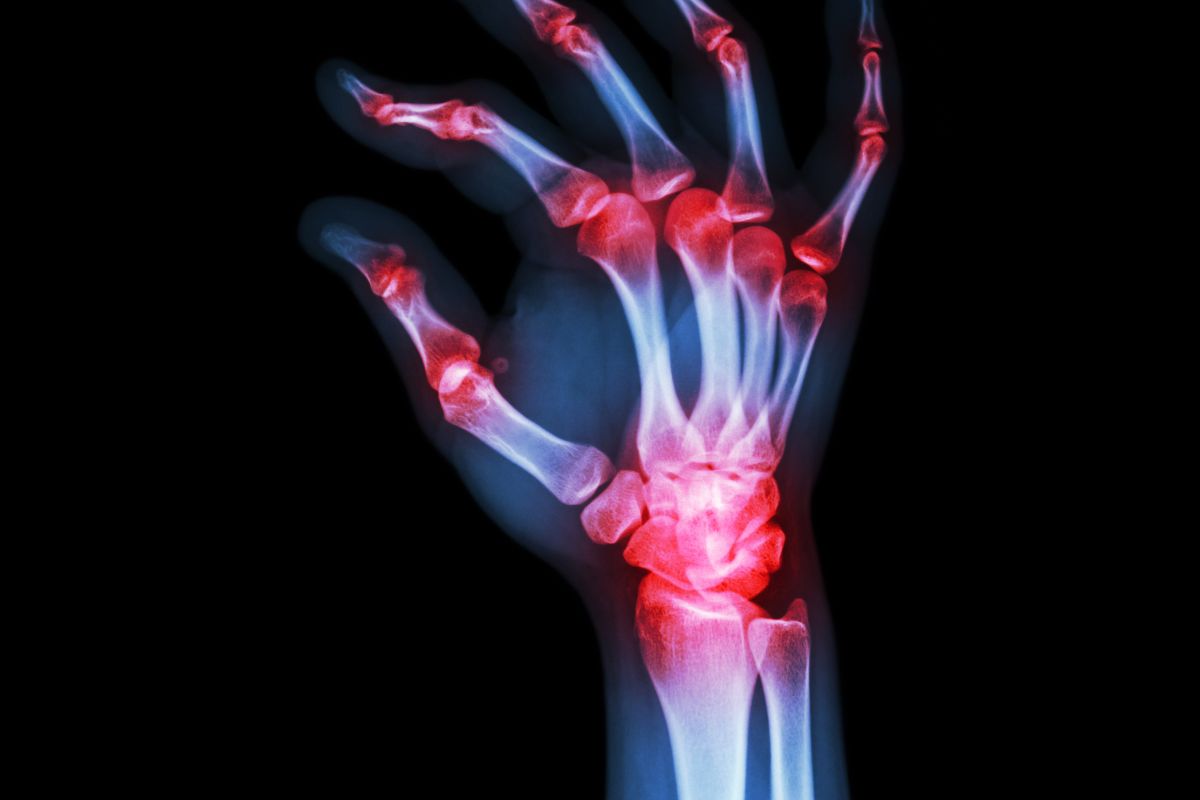
Psoriatic arthritis (PsA) is a chronic autoimmune condition that combines the symptoms of psoriasis and arthritis. It affects both the skin and joints, causing pain, inflammation, and discomfort. While psoriasis primarily affects the skin, PsA can lead to joint damage and long-term disability if not managed effectively. In this article, we’ll delve into the key aspects of psoriatic arthritis, including its causes, symptoms, diagnosis, treatment options, and management strategies.
Understanding Psoriatic Arthritis
Psoriatic arthritis typically occurs in individuals who already have psoriasis, a skin disorder characterized by red, scaly patches. However, not everyone with psoriasis develops PsA. The exact cause of PsA remains unclear, but it is believed to be a combination of genetic predisposition and environmental factors triggering an immune system response.
Symptoms
PsA presents a range of symptoms that can vary from person to person. Common symptoms include:
- Joint Pain and Swelling: PsA commonly affects the joints of the fingers, toes, wrists, knees, and ankles. Joint pain, swelling, and stiffness are hallmark symptoms.
- Skin Changes: Individuals with PsA often experience skin symptoms similar to psoriasis, such as red, scaly patches on the skin.
- Nail Changes: Psoriatic nail changes, including pitting, thickening, and separation from the nail bed, are prevalent among PsA patients.
- Fatigue: Chronic inflammation and pain can lead to fatigue and reduced energy levels.
- Eye Inflammation: PsA can cause inflammation in the eyes, leading to redness, pain, and vision problems.
Diagnosis
Diagnosing PsA involves a combination of medical history, physical examination, and sometimes, imaging tests like X-rays and MRI. Since PsA shares symptoms with other forms of arthritis, accurate diagnosis is crucial to determine the most appropriate treatment plan.
Treatment and Management
- Medications: Nonsteroidal anti-inflammatory drugs (NSAIDs) can help manage pain and inflammation. Disease-modifying antirheumatic drugs (DMARDs) and biologics are prescribed for more severe cases to slow down the disease progression and reduce joint damage.
- Topical Treatments: For skin symptoms, topical treatments like creams and ointments can be effective in managing psoriasis-related issues.
- Lifestyle Modifications: Regular exercise, maintaining a healthy weight, and a balanced diet can help manage symptoms and improve overall well-being.
- Physical Therapy: Physical therapy exercises can improve joint mobility and strength, while occupational therapy helps individuals adapt to daily activities.
- Stress Management: Stress can exacerbate PsA symptoms. Stress-reduction techniques like yoga, meditation, and mindfulness can be beneficial.
- Regular Monitoring: Regular check-ups with a healthcare provider are important to monitor disease progression and adjust treatment as needed.
Psoriatic arthritis is a complex condition that requires a comprehensive approach to management. With the right treatment plan, individuals with PsA can lead active, fulfilling lives. Early diagnosis, medication, lifestyle adjustments, and a supportive healthcare team are essential components of effective PsA management. If you suspect you have PsA or experience symptoms, consult a healthcare professional to receive a proper diagnosis and create a tailored treatment plan for your specific needs.
Also Read: Essential Tips For Men To Maintain Optimal Sperm Health
To read more such news, download Bharat Express news apps





















